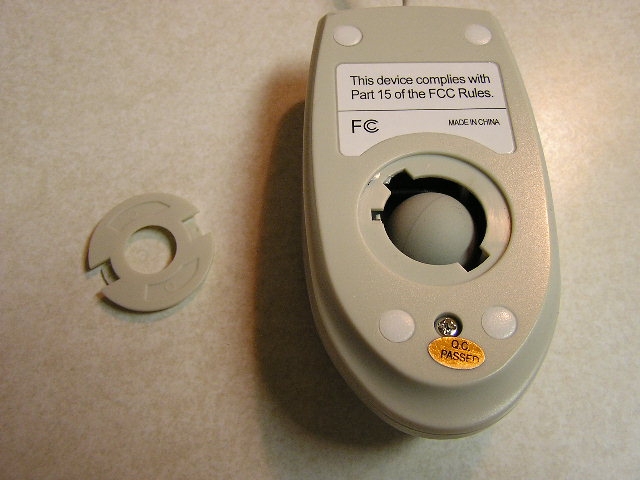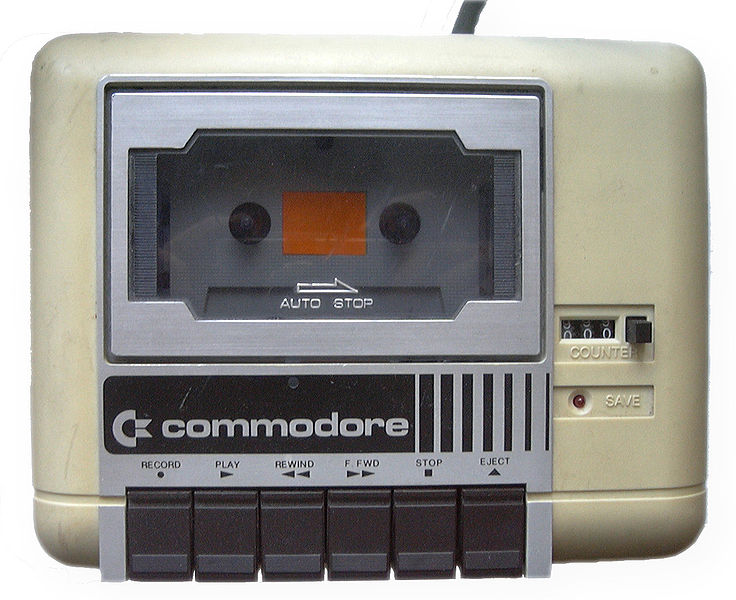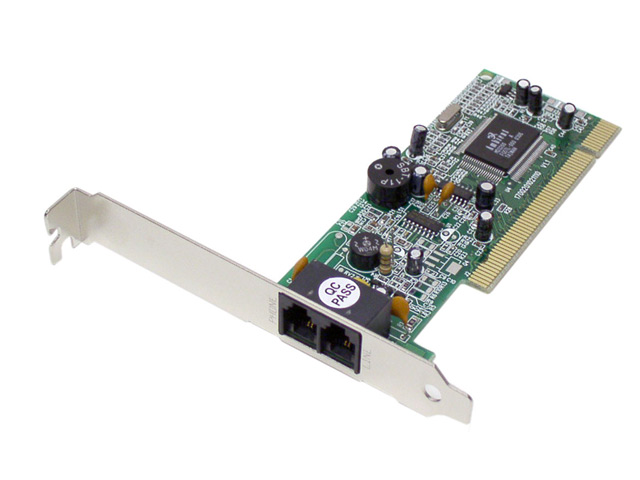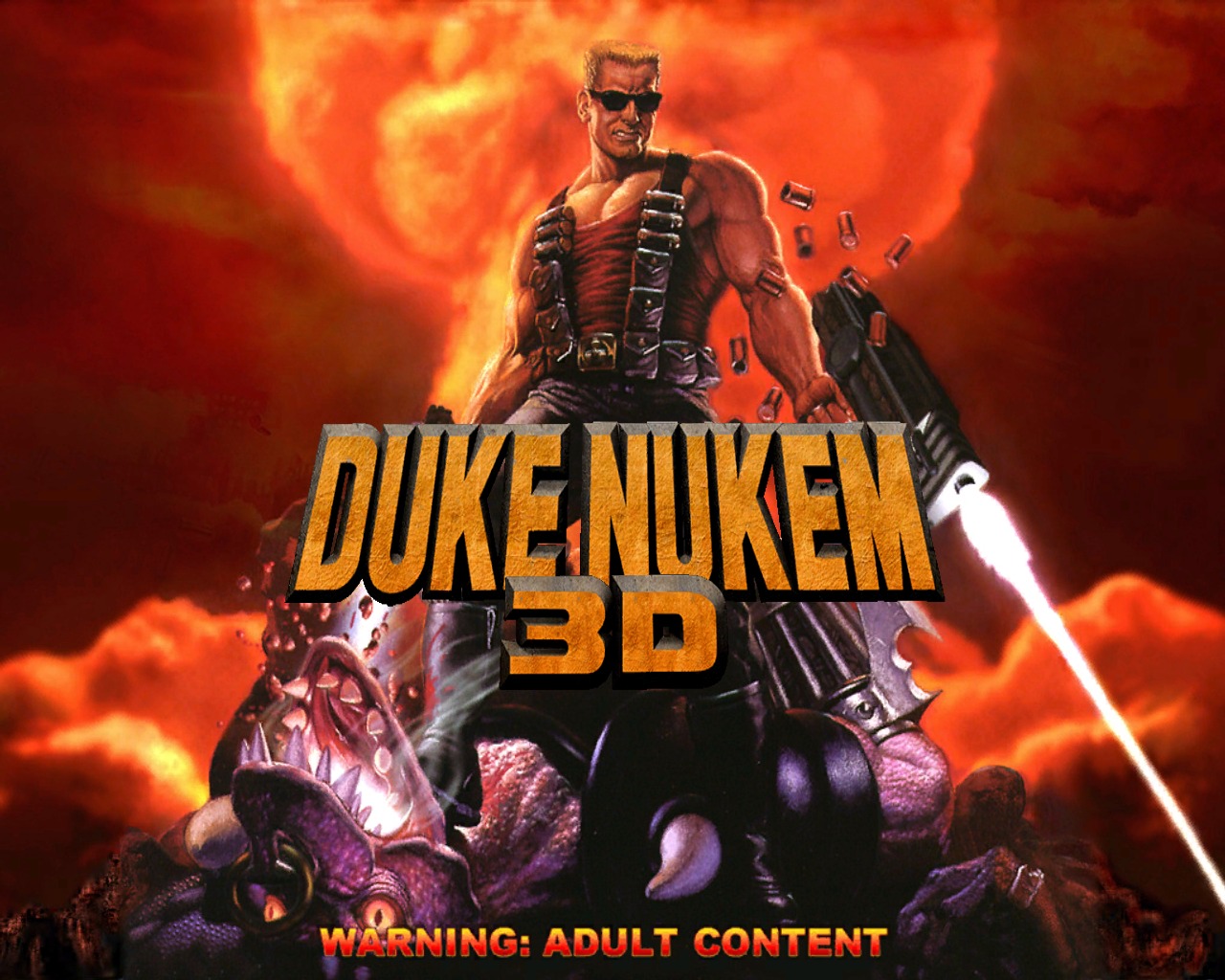20 Companies And Products We Remember Fondly
Take a trip down memory lane with us as we recall some of the hardware products and software applications that got us hot and bothered about technology when we were younger. From MS-DOS to 3dfx, our list of favorites is fairly diverse.
MS-DOS
Although MS-DOS is still around in some fashion, Windows now dominates the scene. Written for the Intel 8086 family of CPUs, this largely command like-based OS lacked visual personality, and causes headaches for folks who weren't very savvy. Users had to set particular environments within the config.sys and autoexec.bat files to get software and hardware drivers to work together in concert. To know MS-DOS was to know all the commands that made it a powerful tool, and many people still enjoy using the defunct OS, even though it became secondary software with the launch of Windows 95.
Many popular games like Doom, Quake, and Duke Nukem 3D were strictly DOS-based, requiring a setup routine before users could actually launch the main portion of the game. While these games performed admirably within Windows 95 and later (via ports), they really tore up the gaming scene in their native DOS environment. If anything, DOS hosted many great titles that went on to become classics and transform the industry.
Netscape
The death of the Netscape browser could be linked to two factors: the integration of Internet Explorer into Windows 95, and its eventual acquisition by the then-thriving America Online. However, in its day, Netscape was the doorway to the World Wide Web, offered to new Internet subscribers by many ISPs eager to get curious customers on the Internet. Originally developed in 1993 by Mosaic Communications Corporation, the browser was renamed a year later as Netscape Navigator. The company changed its name to Netscape Communications, too.
Sometime after 1995, it's rumored that Microsoft visited Netscape headquarters and requested the company to develop a browser for Windows-only. Netscape refused. Shortly thereafter, Microsoft introduced Internet Explorer based on a version of Mosaic created by Spyglass. From then on, Microsoft and Netscape would go head-to-head, each one trying to outdo the other with new features. Eventually, Netscape lost the browser war, unable to compete with Microsoft's bulging resources. What made matters worse was that Internet Explorer was always free to Windows-based customers, while Netscape didn't become free until 1998.
As time progressed, consumers began to flock to the Windows native Web browser. America Online swooped in and acquired Netscape Communications in 1998, but made the mistake of developing Netscape 6 using a very unstable Mozilla 0.6 engine, driving consumers even further away from the Netscape brand. Although later revisions brought Netscape back into the limelight, other browsers like Opera, Safari, and Mozilla's own Firefox began to steal some of the attention. The final version of Netscape Navigator was released on February 20, 2008.
America Online
In its prime, America Online was what you would call a virtual gated community. The service offered a plethora of features bundled into one package: several dial-up access points, online games, an instant messaging client, an email system, message boards, chat rooms (private, conference, auditoriums), and various portals that led to America Online-specific sites. For many customers, that encompassed the actual Internet, with its built-in Web browser acting as a gateway to a virtual untamed frontier. The service became so mainstream that TV commercials were as constant as McDonalds and Wal-Mart. There was even a romance movie based on two people using AOL to communicate.
Before the Internet boom in the late 1990s, America Online charged users by the hour. It wasn't until 1996 that the service went to a flat, monthly $19.99 rate. Eventually, the company branched out to the customers of competing ISPs, offering access to its gated community for an additional fee of $9.99 a month.
Get Tom's Hardware's best news and in-depth reviews, straight to your inbox.
America Online saw a decline in growth after it merged with Time Warner. As it stands now, a static Web portal poses as America Online's personna, charged by the continued use of the company's AIM instant message client.
As of 2010, the subscription service still exists. However, America Online is now re-branded simply as AOL and geared more towards dial-up users. Broadband users can still subscribe to its premium features as before.
ICQ
Launched by Israeli company Mirabilis back in late 1996, the ICQ chat client (a play on I Seek You) gained notoriety as a chat solution outside America Online's closed environment. In addition to real-time texting, it allowed users to transfer files from one to another, an early form of peer-to-peer that was limited to two people. Game developers and publishers quickly took to the tool, making it easy for site administrators and clever fans to send quick questions about development updates and other info.
America Online soon came in and acquired Mirabilis for $407 million. However, the purchase changed the face of ICQ, making it less of a power user's tool with softer, rounded edges, snazzy graphics, and an overall feel of commercialization. Although the ICQ portion of America Online's messaging business eventually saw growth by 2007, the company recently sold ICQ to Digital Sky Technologies back in April. What do we miss about ICQ? It's hardcore look and feel.
The Mechanical Mouse
What can be said about a mouse with a ball? It did the job back in the day, and can still be found hanging out on retail shelves next to optical designs. The technology was simple: use a large, rubber ball to move two rollers mounted within the device. In turn, these rollers (one registering movement on the X axis and one on the Y) caused two disc-like encoder wheels to operate and disrupt optical beams. Electrical signals generated from the disruption were processed by the device drivers, converting them to movement onscreen.
The drawback to this method was that the ball picked up gunk from the user's desk, whether it was food, dust, or whatever else was on the surface. A mouse pad would help reduce the filth, however the gunk would eventually collect on the two rollers, causing the mouse to act sluggish. This was a pain when it came to gaming, especially when playing first-person shooters where mouse-look movement was critical. Typically, users had to remove the ball and clean the rollers by scraping off the hardened gunk. We can't say we really miss the mechanical mouse. However, it was definitely better than playing with a joystick or gamepad.
Commodore Datasette
If you ever thought your hard drive was acting sluggish, or that a dirty CD was taking too long to read, then you haven't really seen slow until you load up a program by cassette. That's right, before the somewhat-reliable floppy drive, computer users had to deal with programs stored on cassette tape. This process was painful, to say the least, even when loading up a simple game on the Commodore 64.
In conjunction with the Commodore VIC modem, it took over thirty minutes just to load up the modem software, plug in the phone line, and connect to the prehistoric BBS network we now call the Internet. The Datasette device actually functioned like a 300 baud modem, converting analog audio sounds into digital format.
Despite the lengthy load times, there was one positive aspect to loading data via tapes: the noise. A good way to annoy parents, siblings, and teachers was by slapping a data tape into a cassette-enabled stereo and cranking up the volume full blast. Oh, the dogs would howl...
Floppy Disk Drives
You're lucky (Ed.: uh, or not) to find a new PC with a built-in 3.5-inch floppy disk drive. For a long time they were standard, with popular PC games and programs spanning massive numbers of disks and eating up more than an hour to install.
When released, Windows 3.1 consisted of six 3.5-inch floppy disks. Windows 95 was significantly larger, loaded on a set of thirteen special Distribution Media Format floppies that were formatted to hold more than the standard 1.44 MB capacity. The big installation hog had to be Windows NT 3.1, which was packed in a set of twenty-two floppies.
Obviously, installing programs was somewhat of a pain. It was time-consuming, and sometimes floppy disks decided to play nasty, refusing to save or load data. Strangely enough, some of us still miss the format.
The Dial-Up Modem
For some folks, the modem is still a means of getting on the Internet. The thought is somewhat tragic, given that most of us connect wirelessly via smartphones or though a broadband connection.
When the Internet entered our houses back in the 90s, consumers were subjected to 14.4 Kb/s dial-up speeds, a snail's pace by today's standards. Yet, the Internet wasn't loaded down with annoying waves of Flash and hi-res images. Still, connections were never guaranteed, and a 3MB file could take hours to download (if the modem actually stayed online to complete the transfer).
Eventually, enthusiasts saw higher speeds towards the end of the decade, moving from 28.8 Kb/s to current 56 Kb/s, FCC-locked dial-up speeds. Modems were also a real pain to control in the Windows 95 and (pre-SE) Windows 98 environment, sometimes requiring users to juggle IRQ and DMA settings so that the device could play nice with the other installed equipment (then again, that was prevalent with any additional PCI card).
That's really not the case now, thanks to a smarter operating system. Still, back then, the hardware fight could lead to a PCI card flying out the window.
The Sequel To Duke Nukem 3D
If you're a PC gamer, and you can identify with some of the hardware listed in this article, then chances are good that you played 3D Realms' first-person shooter, Duke Nukem 3D. There's also a good chance that you loved it and waited patiently over the years for the next installment.
Join the club.
The controversy surrounding the development of Duke Nukem Forever has been ongoing, since the days when many of the pieces of hardware in this article were still relatively new. We've gone though generations of CPUs, GPUs, memory modules, and even disk formats with no DNF in sight. Napster came and went. The second X-Files movie bombed in the box office, and Google now makes a mobile phone.
Yet, for some reason, we haven't seen a true sequel to Duke Nukem 3D on the PC, despite teases with in-game footage and screenshots. It's been over 14 years since Duke Nukem invaded our hard drives...

Kevin Parrish has over a decade of experience as a writer, editor, and product tester. His work focused on computer hardware, networking equipment, smartphones, tablets, gaming consoles, and other internet-connected devices. His work has appeared in Tom's Hardware, Tom's Guide, Maximum PC, Digital Trends, Android Authority, How-To Geek, Lifewire, and others.
-
alberthynek wait the k6 300mhz launched in 1998, not 2008.Reply
"A final version clocked in at 300 MHz, and was launched May 2008"
-
Number 18 - The floppy disk.Reply
You haven't lived till you've sat through numerous installs of MS Office 4.3 which came on over 40 3.5" floppys. -
frye It's too bad I'm too young to have appreciate or remember any of these things, except for the floppy. Can't wait to see this list 15 years from now! (Whad'ya mean you only had a 4-core CPU!?!?!)Reply
-
mitch074 Some errors in that retrospecive...Reply
- although mounted on an AGP card, the Banshee processor still worked in PCI mode, not enjoying the memory access granted by AGP (but using the bandwidth); there was hardly a difference in performance between the PCI and AGP versions.
- Quake never used Glide; 3dfx wrote a miniport OpenGL driver for the Voodoo cards, and Quake used that.
- the OPL3 was an advanced frequency modulator chip with stereo capabilities, and was coupled with the digital sound processor (the Sound Blaster Pro came with an OPL2 chip, the Sound BLaster Pro 2 had an OPL3, but both had the same DSP; the Sound BLaster 16 also had an OPL3 chip). -
carlhenry i remember loading up dos and giving up windows 95 just to play a ton of apogee games. i forgot some but i still remember playing raptor. fighter jet ftw!Reply
oh, the wolfenstein screeny is very nostalgic! good 'ol days!
i still remember 1995 that my pentium 166mhz was $1.2k! now i'm stuck with a ~$500 rig. -
jhansonxi Windows 3 was horrible. UAE errors all over the place. It wasn't really usable until WfW 3.11 was released.Reply
Don't forget about VESA Local Bus and the early battle with Intel and PCI v1.0 (which was garbage then).
I also liked STB's cards before 3dfx bought them out. I loved my Powergraph Ergo with its S3 chip. But that was a long time ago and now I wouldn't use S3 chrome garbage in a print server.
A lot of motherboard chipset vendors used to compete on high-performance desktop boards but we're down to three now. When was the last time you saw a high-end MB with a Via or ALi chipset?
Same goes for a lot of motherboard vendors. I really liked my old AOpen board. They had a lot of nifty designs. Remember the one with the tube amplifier?
Some good system builders disappeared when margins shrunk down to nothing, like Northgate. Of course some we're better off without like Packard Bell. -
stridervm I know and used all of these devices except the commodore tape drive. Does that make me old? :(Reply








